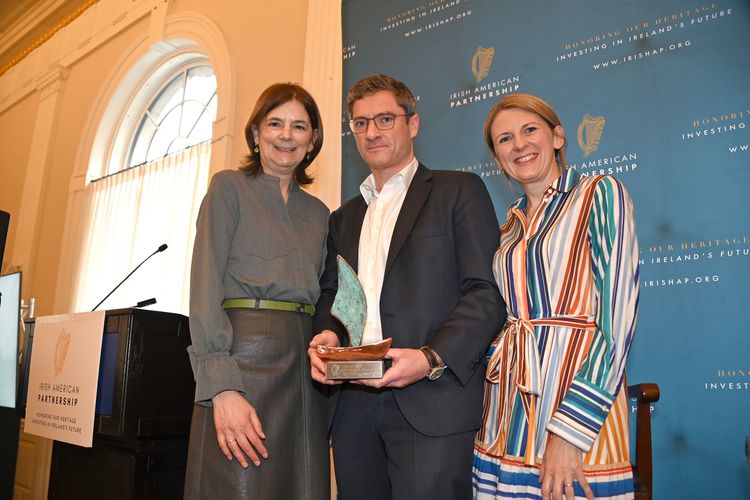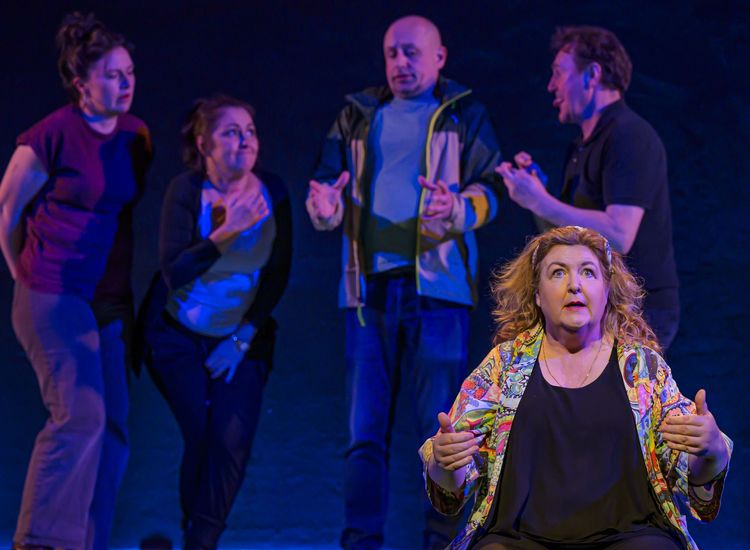The story of a life lost on D-Day, and a rifle found a few days after the Normandy invasion, is recounted in Jim Farrell’s book.
By Ray O’Hanlon
As D-Day stories go this one is mixed.
A sad beginning, an unexpected middle, and a satisfactory, indeed inspiring, ending make up the tale of Uncle Matty’s rifle.
As the story goes, Private Martin Teahan of HQ Company, 1st Battalion, 508th Parachute Infantry Regiment, 82nd Airborne Division, died on June 6, 1944, near a church in Picauville, Normandy.
While scouting a position, he was shot in the leg, captured, and then killed by a German soldier who thought he was reaching for a weapon.
A few days after D-Day, a French farmer in the area found an M1 Garand Rifle with the name M. Teahan engraved on the butt of the weapon.
The finder and his home was appropriate as the Garand, standard equipment for GIs in WWII and Korea, was designed by a French-Canadian named John Garand.
No one knew what the farmer did with the rifle for 72 years until it was discovered in February, 2016 by an active duty French army paratrooper, Colonel Patrick Collet.
What happened afterwards is the story of a homecoming, now told in a recently published book, “Uncle Matty Comes Home.”
For Jim Farrell, author of the book, the story of Uncle Matty is more than just a list of facts.
“Stories of his bravery resonated with me as I grew up in the same rough Irish neighborhood in the South Bronx. Matty's mom had emigrated from Galway. His father was from Kerry.
“Matty enlisted in the army at age 17, after graduating from St. Jerome's High School on 138th Street, by forging his mom's signature. He volunteered for the paratroopers. He was 20 years-old when he died.”
It would be 72 years before Uncle Matty’s rifle came back to America.
Jim Farrell takes up the story as it stood in 2016, which is to say a story that was still a mystery.
“On March 12, 2016, five days before learning about my uncle’s historical D-Day rifle, my brother Jackie and I visited Saint Jerome’s Church in the South Bronx for the first time since our childhood.
“As we stood in the church that day, we both realized we had never noticed a plaque that honored the parishioners who were killed in action in World War II. Uncle Matty was one of 65 names of World War II heroes who paid the ultimate sacrifice. We marveled over the plaque and wondered why we never noticed it as kids.
“Then, as if by fate, we received an email on Saint Patrick’s Day from Patrick Collet who had grown up in Normandy. He had acquired an M1 Garand rifle from a descendant of the farmer in Picauville.
“Once he saw the name M. Teahan engraved on the rifle, he knew he had something special and was determined to find out who M. Teahan was.
“My sister Liz and I long ago became members of the 508th PIR to honor our uncle Matty. Liz set up a profile page on the 508th PIR website, listing herself as a contact.
“Who knew this simple process would result in such a life altering discovery, as the first place Colonel Collet searched was the 508th PIR website.
“He found the match and notified Liz. I knew, she knew, the moment we found out, the rifle was our Uncle Matty coming home after 72 years.
“Colonel Collet invited my wife Monica and me to visit. We got to hold the rifle. I felt the cold metal of the weapon on my fingertips, and envisioned my uncle, bravely marching forward through enemy territory.
“I was also in the army, many years later, but never engaged in the sort of battle in which so many young men of WWII fought and died. We decided this majestic representation of history should be returned to Martin Teahan’s brothers-in-arms, the 82nd Airborne Division, 508th PIR.
“Our visit didn’t end there. Colonel Collet had arranged an unbelievable itinerary for us. We were directed to the site of Uncle Matty’s grave, where we met the U.S. Army Chief of Staff, General Mark Milley to salute and say a prayer.”
To cut a long story short - after all it is now 74 years long - Franco/American military cooperation ensured the return of the rifle to United States soil. It is currently on display in General Milley’s office in the Pentagon.
“A piece of my family’s heritage has come home, said Jim Farrell, who lives in East Brunswick with Monica, a retired Assistant Academic Dean at St. John’s University.
“Uncle Matty Comes Home” can be purchased on the Barnes & Noble and Amazon websites. It’s available on Kindle, in paperback and hardcover. More at jim@unclemattycomeshome.com.










